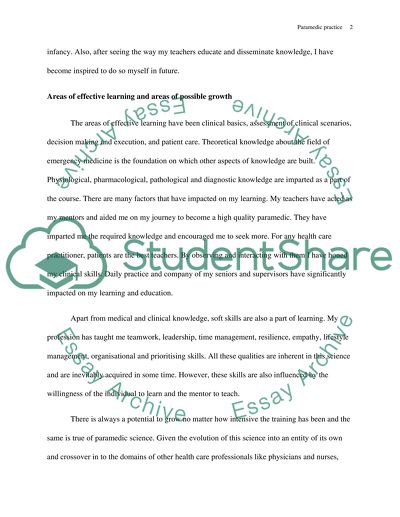Cite this document
(“Paramedic science and Paramedics Essay Example | Topics and Well Written Essays - 3000 words”, n.d.)
Retrieved from https://studentshare.org/health-sciences-medicine/1399558-essay-about-some-paramedical-questions
Retrieved from https://studentshare.org/health-sciences-medicine/1399558-essay-about-some-paramedical-questions
(Paramedic Science and Paramedics Essay Example | Topics and Well Written Essays - 3000 Words)
https://studentshare.org/health-sciences-medicine/1399558-essay-about-some-paramedical-questions.
https://studentshare.org/health-sciences-medicine/1399558-essay-about-some-paramedical-questions.
“Paramedic Science and Paramedics Essay Example | Topics and Well Written Essays - 3000 Words”, n.d. https://studentshare.org/health-sciences-medicine/1399558-essay-about-some-paramedical-questions.


